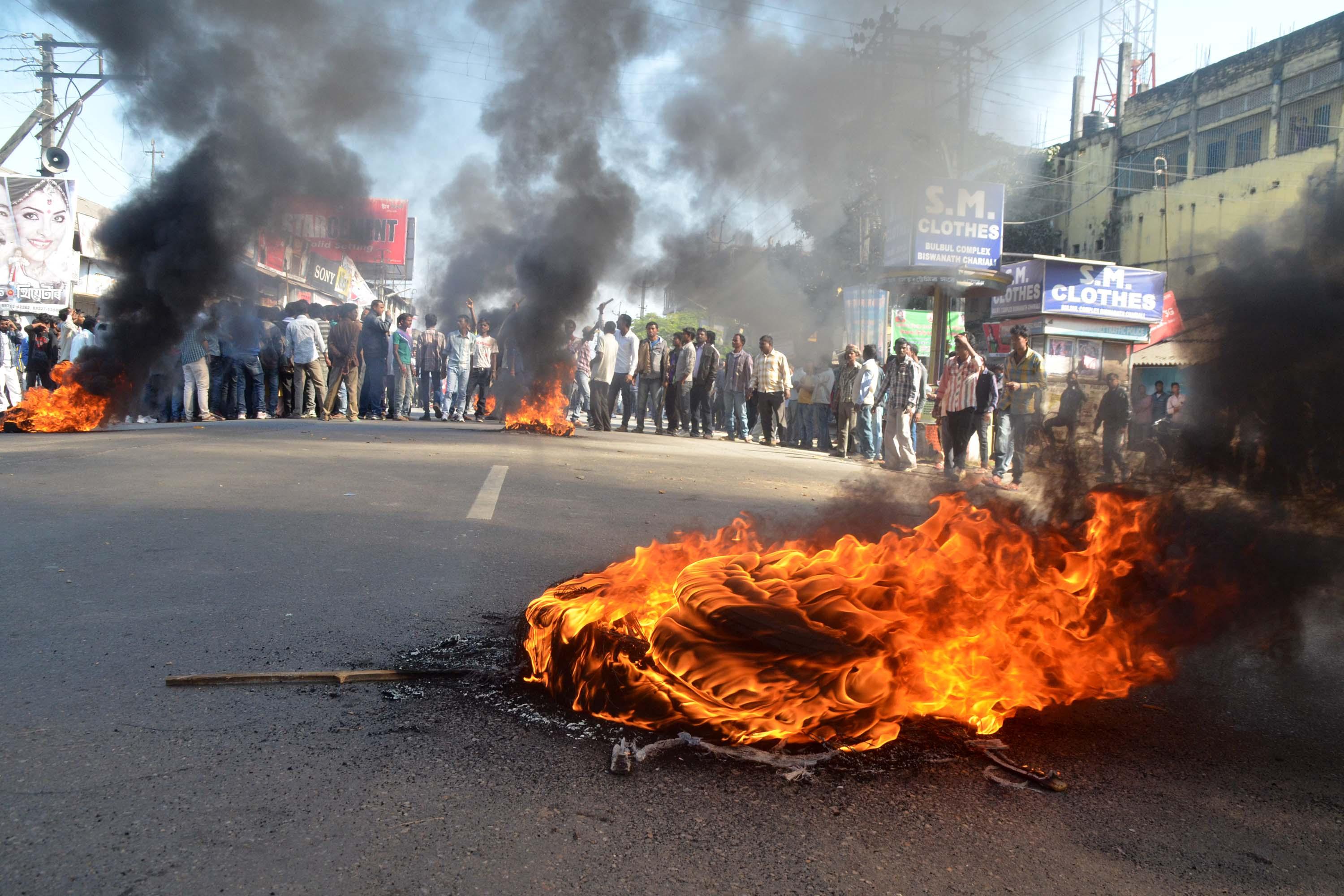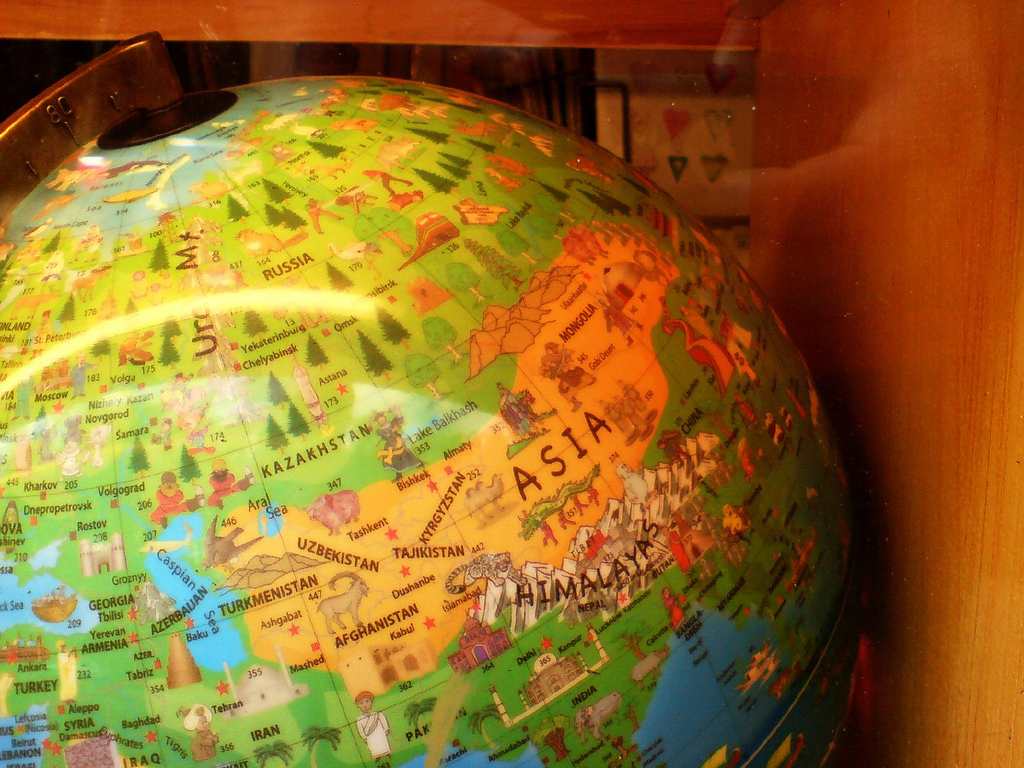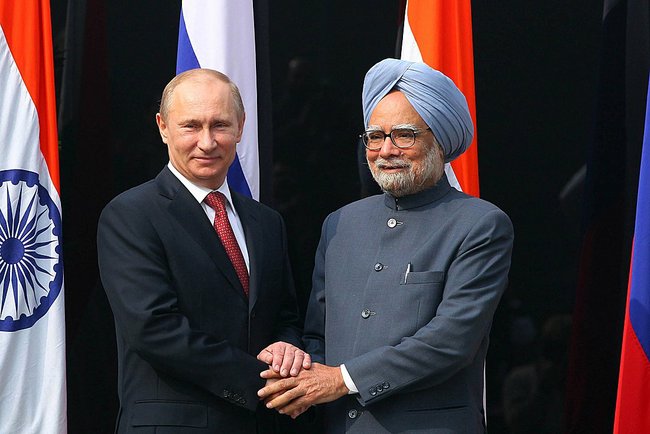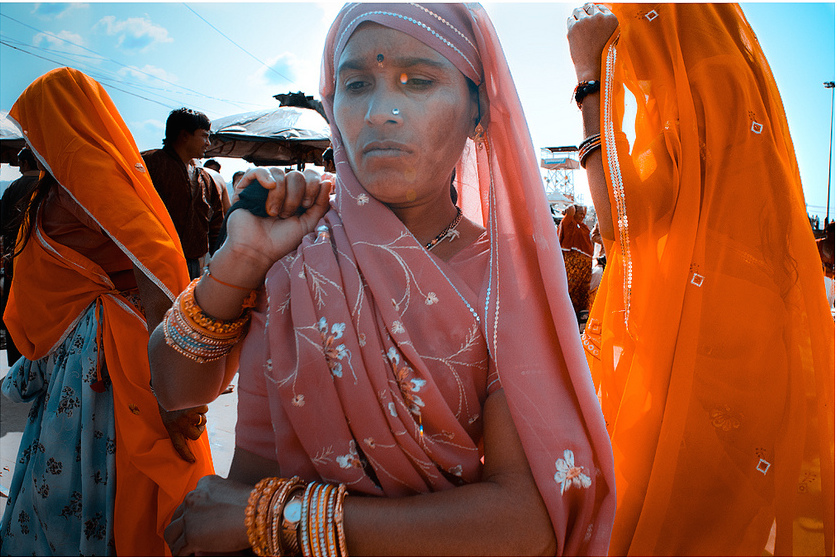The Doklam Vendetta Reaches New Heights

Introduction
The Doklam road is a Chinese building project that re-enters a feud which has remained dormant for 55 years. Focus around disputes between 3 countries, a potential war, and a battle that dates back to 1962 mean that this disputed border disagreement may have to end once and for all.
The Doklam Plateau is a valley lying near the trijunction of India, Bhutan, and China. The plateau contains an area of inadequate demarcation, which India and China have been feuding over for years. Why does India care? Well, the area in contention connects India’s northeast with rest of India and its allies, Nepal, Bhutan, and Bangladesh. On June 16th, China started a road building project that cut through territory which would allow them to extend their power further into Bhutan. If they take over this area, they can block or disturb the connection India has altogether. Additional construction could cause imbalance of power; India would be left more susceptible to potential attacks from the Chinese capital.
Bhutan
How does Bhutan, a little nation, fit into this feud? Well, this landlocked country is stuck in between two enormous global powers, and its leaders are determinedly avoiding the political drama. India, being its patron, gives an impressive amount of hydroelectric power and hundreds of millions of dollars to Bhutan each year, only make matters worse for the untroubled land. In fact, it is so dependent on India that if ties were cut, rice and other necessities would deplete in the country in only a matter of days. Bhutan finds itself as a very important ally caught between two sides, and on June 28th China’s foreign ministry spokesperson Lu Kang stated in his press conference that “Doklam has been a part of China since ancient times. It does not belong to Bhutan, still less India”.
Unfinished Business
This dissention is not one short lived, it has been a 55 year standoff for this tract of land, tracing back to The Sino Indian War. The hostilities started in 1962 where China and India combated in harsh Himalayan conditions over the border, where China’s People’s Liberation Army invaded India in Ladakh, and across the McMahon Line in the then North-East Frontier Agency resulting in China securing borders in its western sector. There were many lives lost in the battle, but the Doklam line was never agreed mutually upon. Since then, the states each claim it as their own with no clear decision in sight. India’s Ministry of Foreign Affairs stated on June 30th that “India cherishes peace and tranquillity in the India-China border areas. It has not come easily. Both sides have worked hard to establish institutional framework to discuss all issues to ensure peace and tranquillity in the India-China border areas. India is committed to working with China to find peaceful resolution of all issues in the border areas through dialogue”.
Disengagement
On August 28th, India and China “mutually disengaged troops” in the Doklam area. This came over two months after the initial uproar, but dangers still persist. The immediate risks of conflict have subsided, but the border dispute still remains unresolved, The relationship between India and China is not ideal. While China has withdrawn for now, its statement that “China will continue fulfilling its sovereign rights to safeguard territorial sovereignty in compliance with the stipulations of the border-related historical treaty” implies that it has not changed its view in the vendetta. Also, during the standoff, China reportedly offered financial inducements among other tactics to sway Bhutan from India’s side.
With the crisis only just deescalating, it is too early to learn anything conclusive from Doklam. Do you think that the peaceful agreement really is the end of a bloody history, or do you think that either the countries have more cards to play? Leave your thoughts in the comments below.




